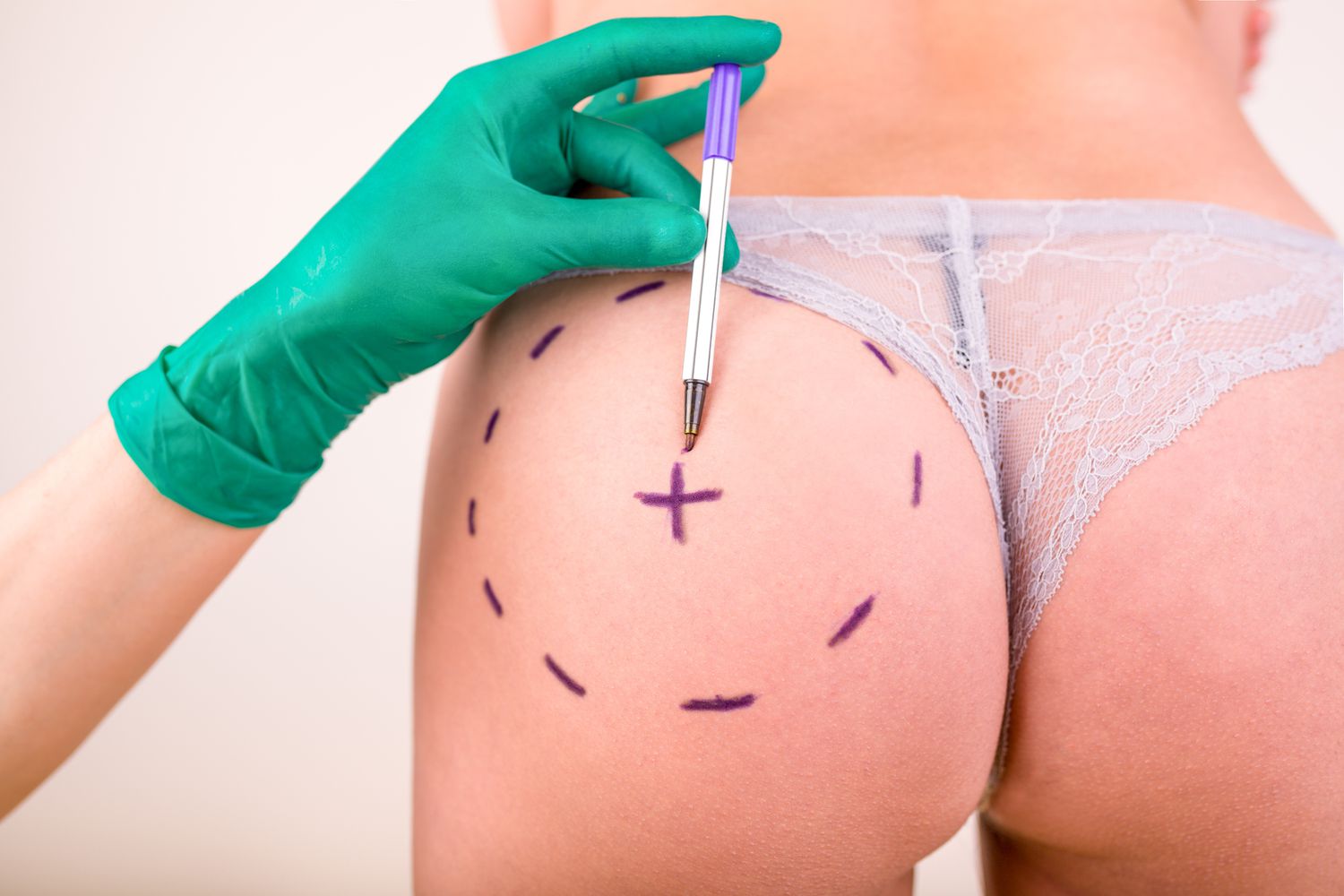The procedure known as the Brazilian Butt Lift (BBL) has become an increasingly popular cosmetic surgery over the past decade. This technique utilizes fat transferred from other body areas to augment and reshape the buttocks and hips for a fuller, curvier backside. Though many see BBL as a relatively new fad, its history and origins are much further than most people realize. Examining the beginnings of this procedure provides crucial insight into how and why it has had such an influence on body ideals across the world.
Traces of BBL’s earliest rudimentary procedures date back over a century ago. Though techniques have radically progressed since then, early physicians laid the groundwork by experimenting with fat transfer methods from the late 1800s on. One of the first medical texts documenting aesthetic enhancement of the buttocks was written in 1896 by American surgeon Robert Gersuny. He detailed using paraffin injections to mold and fill pockets under patients’ skin. Though foreign body injection treatments like paraffin would be short-lived once safer methods were developed, Gersuny’s work marked interest in sculpting the rear for aesthetic purposes.
Over the next few decades, medical literature highlighted similar practices using mineral and vegetable oil injections across Latin America and Europe. However, these non-absorbable oil materials often cause severe inflammation, infection, and scarring. By the 1950s, most forms of liquid injection were considered unsafe procedures in medically advanced nations. It would take later decades and discovery before buttock enhancement via injection would be revisited as a viable plastic surgery.
The modern method of BBL using the patient’s body fat came into practice in the 1990s thanks to Brazilian surgeon Dr. Ivo Pitanguy. Considered “the father of modern plastic surgery,” Dr. Pitanguy pioneered aesthetic enhancement across many areas of the body. When it came to the buttocks specifically, his technique involved carefully harvesting adipose fat tissue from locations like the abdomen, flanks, or thighs using liposuction. After processing and purifying, the healthy fat cells would be strategically injected into the buttocks at various depths and locations. The transferred autologous fat either assimilated into existing tissue or formed its own soft lipid pockets. This permanent filling could be sculpted for dramatic augmentation effects or more subtle silhouette improvements when artfully placed.
Dr. Pitanguy documented greater results over older injection attempts thanks to using the patient’s own real structural fat. As his methods spread in notoriety during the 1990s and early 2000s, a Brazilian Butt Lift came to refer to any procedure involving liposuction harvest and fat transfer to the buttocks. Various surgeons began developing their own unique tools, injection patterns, aesthetics, and marketing around BBL procedures.
However, it was arguably plastic surgeons in Colombia who most notably popularized the signature style BBL associated with Latin America today. Because many Colombian patients specifically requested this shapely amplified rear, their plastic surgeons honed signature techniques to deliver on these beauty ideals. Using specialized cannulas and fat graft placement, they were able to create a dramatic lifted and projected shape. As Colombian BBL outcomes circulated globally in modeling and entertainment media over the 2010s, this eye-catching augmented silhouette would help drive BBL’s meteoric rise in popularity across North and South America. It also clearly evidenced the technique’s success in achieving the desired enhanced form.
In many ways, modern BBL’s booming demand connects directly to long-held cultural beauty beliefs celebrating curvier hourglass figures. Traditions like Carnival in Brazil have long-centered displays of sensuality, fertility, and feminine figures. So, while new technology made adding volume to one’s backside possible, established social values and customs encouraged the trend once options were available.
Interestingly, researchers have also linked areas like Brazil, Colombia, and the Caribbean to historically having the world’s highest rates of naturally curvier women, even without surgery. Experts hypothesize a potential genetic or dietary component. This combination of celebrating curvy figures culturally, plus the increased biological likelihood of women naturally having ample hips and rears, seems to have been the perfect storm for BBL enthusiasm. The procedure allowed women to embrace body shapes already cherished in their communities.
In recent years, the avenue of pursuing this ideal has increased across borders as millions worldwide admire BBL outcomes. The procedure skyrocketed to be the fastest-growing and most popular cosmetic surgery globally and shows no signs of slowing. EnhancedEnhanced contours achieved through procedures like BBL have broad global appeal, though they originated primarily from celebrating distinctly Latin American beauty assets.
In summary, though BBL may seem like an overnight sensation in the last decade alone, its history spans over a century. Early doctors laid the groundwork trying to build volume in women’s rears via primitive injection methods. However, it took modern advances in body contouring via fat grafting for safe, nuanced enhancement – launching the age of the Brazilian Butt Lift. As techniques improved and these signature augmentation results spread, long-held beauty ideals admiring shapely rears caused massive demand. Now, with millions seeking sculpted silhouettes, BBL reigns as the world’s number one cosmetic procedure. Though aesthetics and methods continue evolving, they allow more women to embrace curves influenced by Latin culture. Regardless of origins, BBL’s effects on feminine beauty standards across the globe remain undeniable.
